*
Check out part two of the best photos shot by the photographers of the Tampa Bay Buccaneers during the 2016 season.

91 DE Robert Ayers

93 DT Gerald McCoy

28 CB Vernon Hargreaves

3 QB Jameis Winston

Team huddle

28 CB Vernon Hargreaves
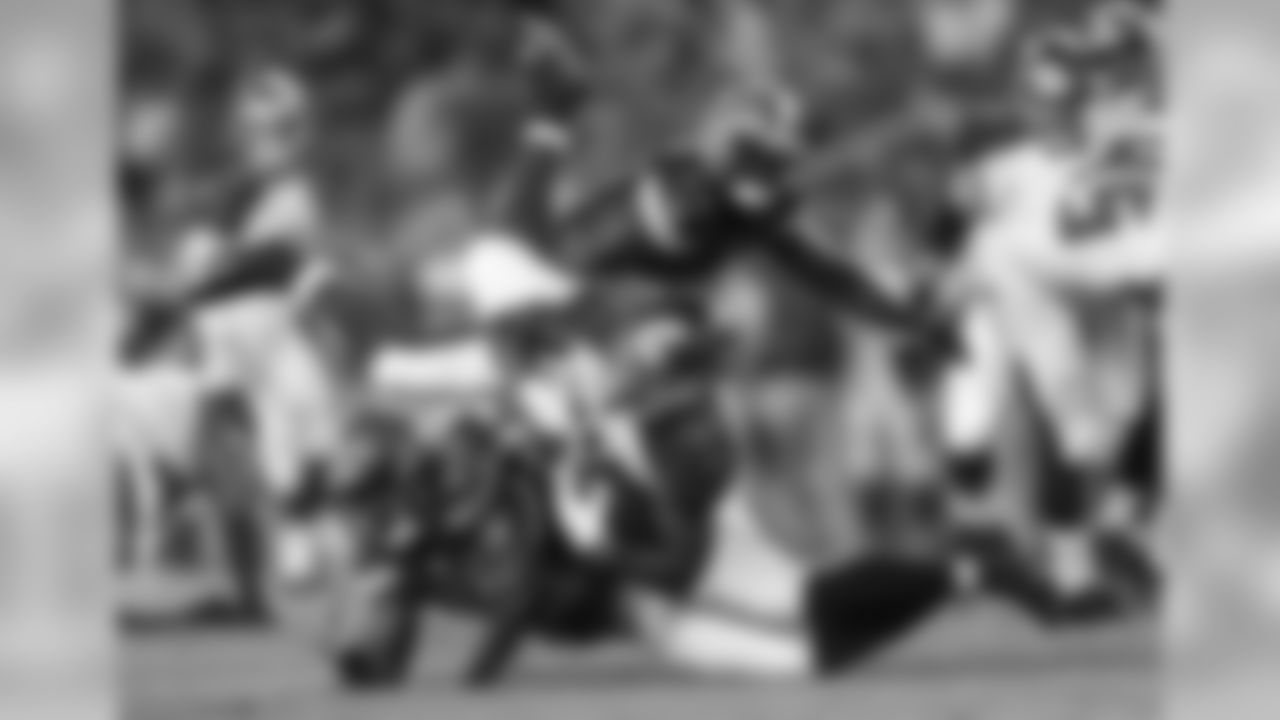
44 RB Russell Hansbrough

11 WR Adam Humphries
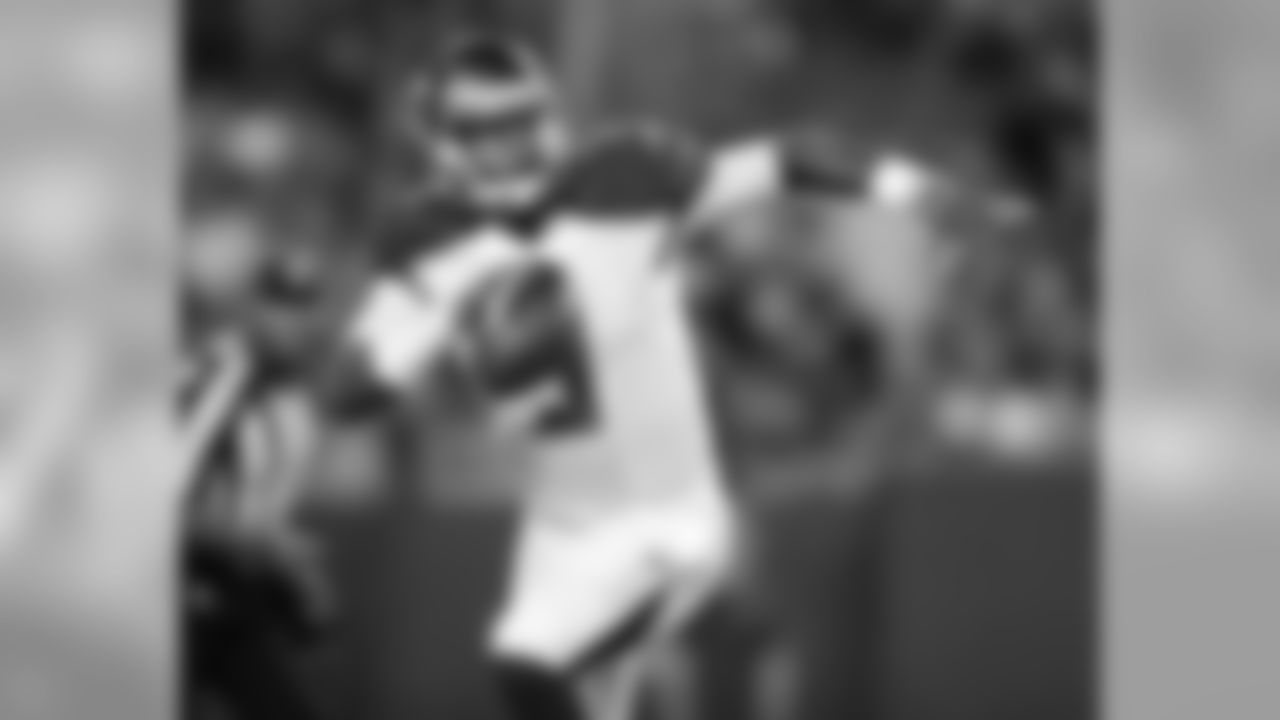
3 QB Jameis Winston

34 RB Charles Sims and #82 TE Brandon Myers

93 DT Gerald McCoy

95 DE Howard Jones


15 WR Bernard Reedy and #89 WR Russell Shepard

37 S Keith Tandy

22 RB Doug Martin

3 QB Jameis Winston

13 WR Mike Evans

13 WR Mike Evans

Head Coach Dirk Koetter

Head Coach Dirk Koetter and #26 CB Josh Robinson

98 DT Clinton McDonald

Team huddle

93 DT Gerald McCoy, #95 DE Howard Jones, and #97 DT Akeem Spence

3 QB Jameis Winston and #34 RB Charles Sims

98 DT Clinton McDonald
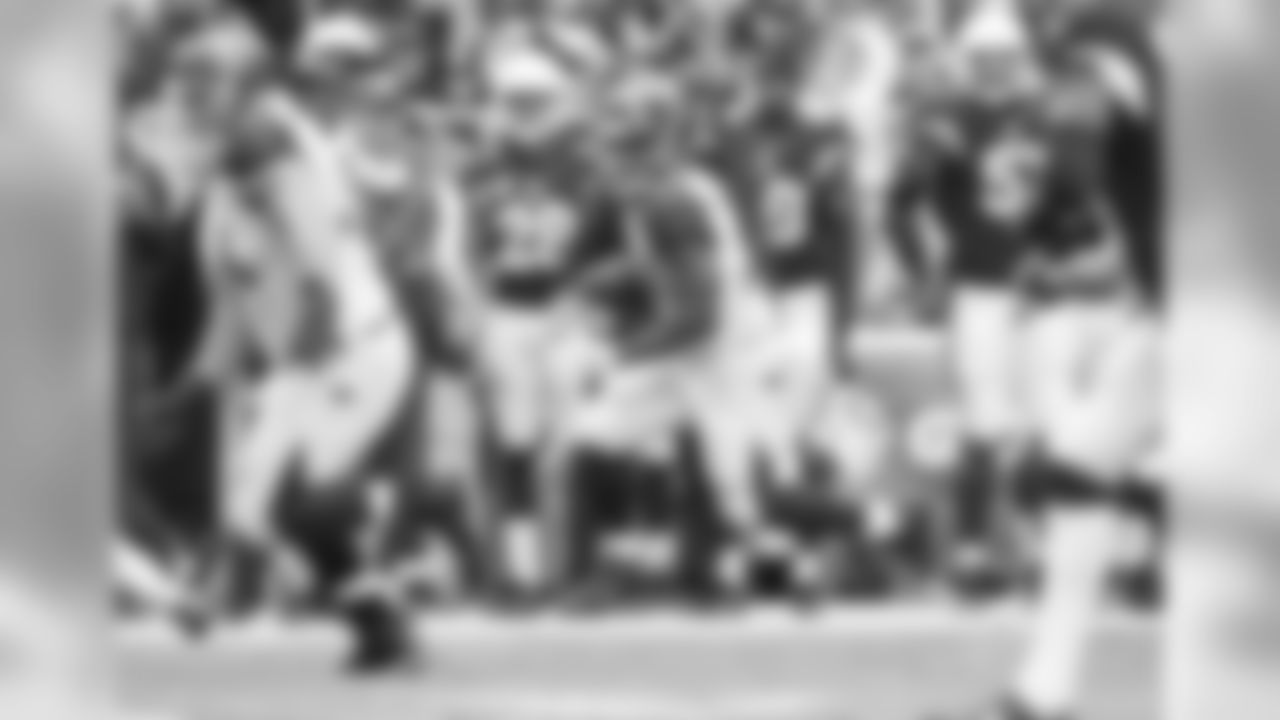
32 RB Jacquizz Rodgers

Raymond James Stadium

Raymond James Stadium


30 S Bradley McDougald

28 CB Vernon Hargreaves
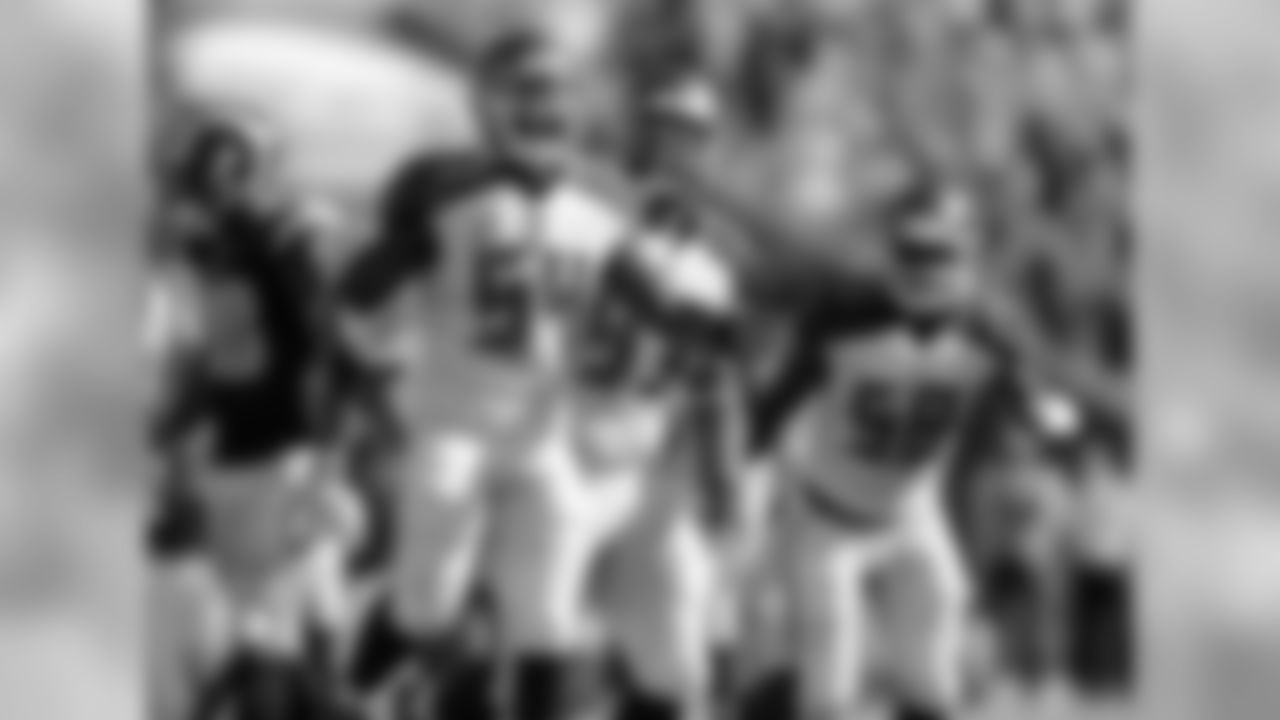
54 LB Lavonte David, #93 DT Gerald McCoy, and #58 LB Kwon Alexander
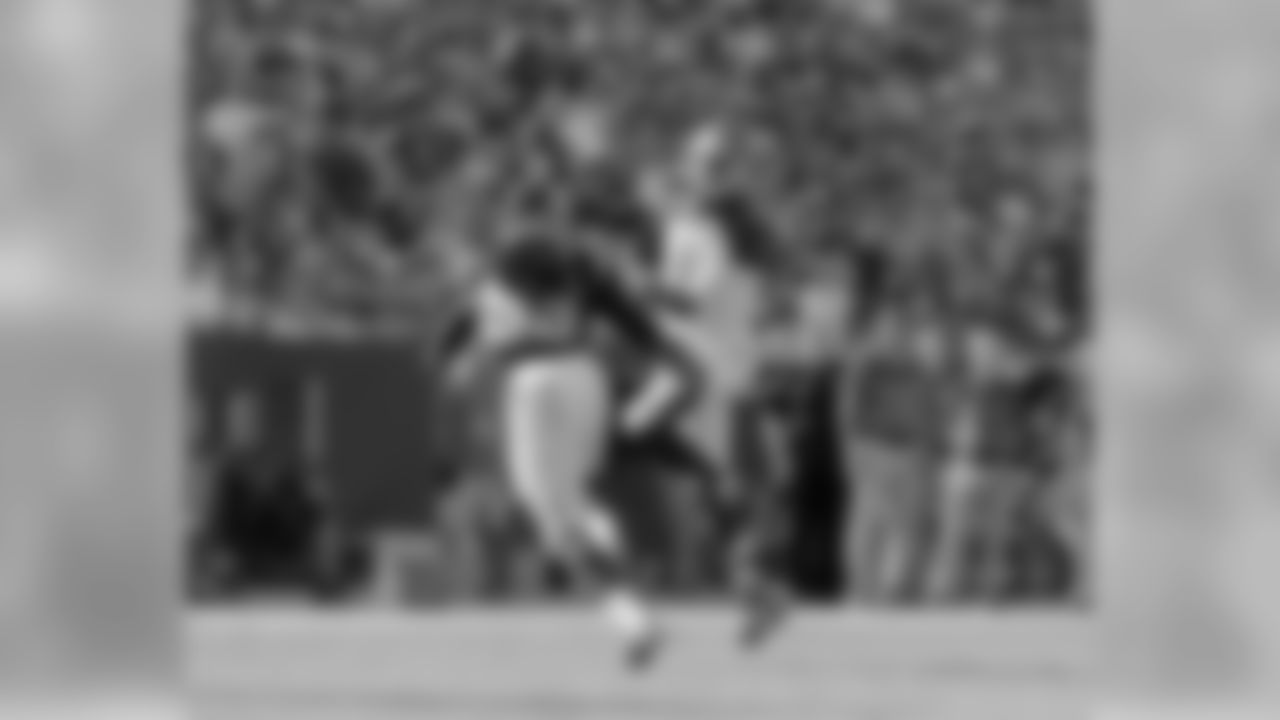
3 QB Jameis Winston

84 TE Cameron Brate

45 TE Alan Cross and #84 TE Cameron Brate

93 DT Gerald McCoy and #92 DE William Gholston

19 K Roberto Aguayo

28 CB Vernon Hargreaves

34 RB Charles Sims

Raymond James Stadium

83 WR Vincent Jackson

93 DT Gerald McCoy

74 G Ali Marpet
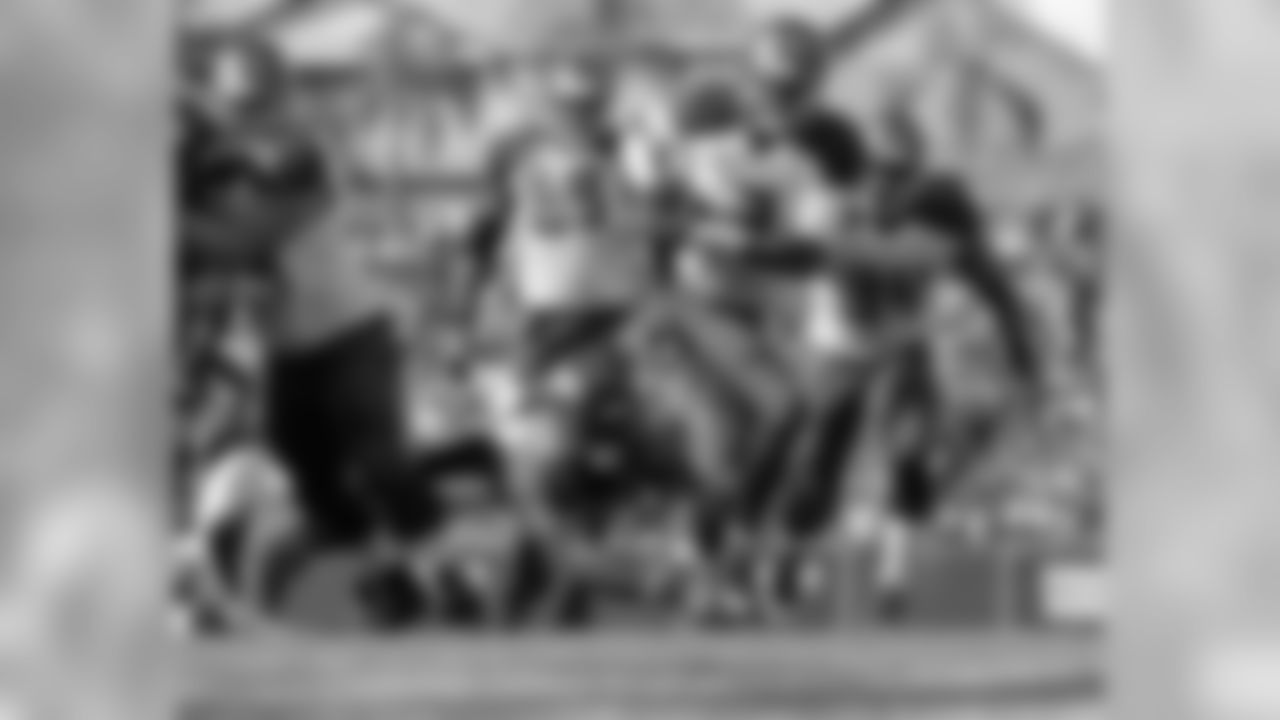
3 QB Jameis Winston

3 QB Jameis Winston

3 QB Jameis Winston
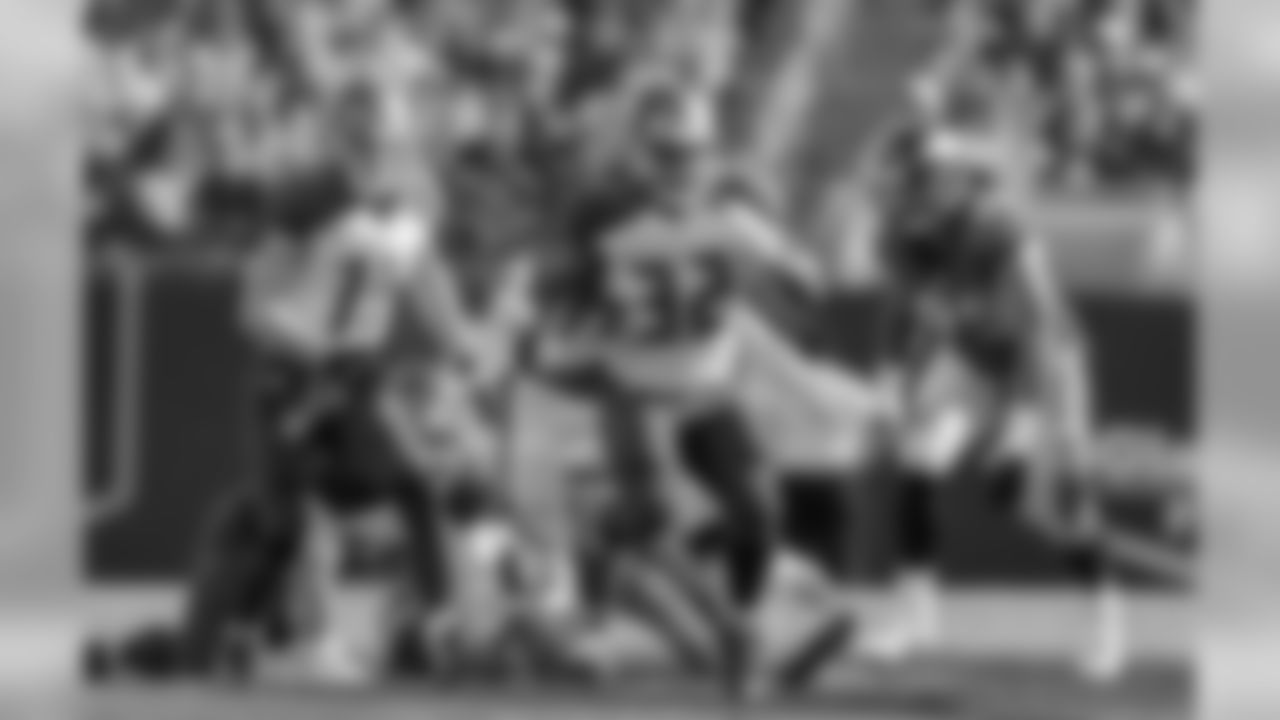
32 RB Jacquizz Rodgers


98 DT Clinton McDonald

13 WR Mike Evans

98 DT Clinton McDonald and #58 LB Kwon Alexander

84 TE Cameron Brate

Captain Fear

3 QB Jameis Winston and #58 LB Kwon Alexander

75 DT DaVonte Lambert and #30 S Bradley McDougald
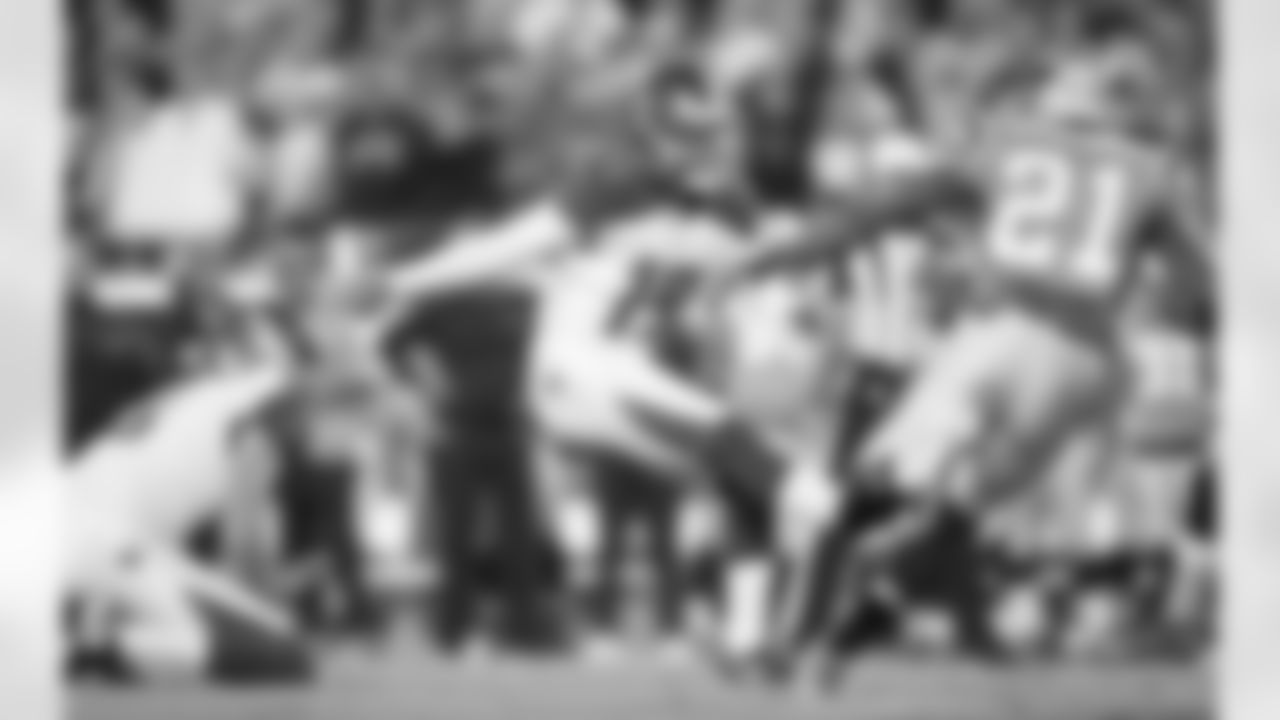
19 K Roberto Aguayo

Bucs defense

3 QB Jameis Winston

13 WR Mike Evans

13 WR Mike Evans
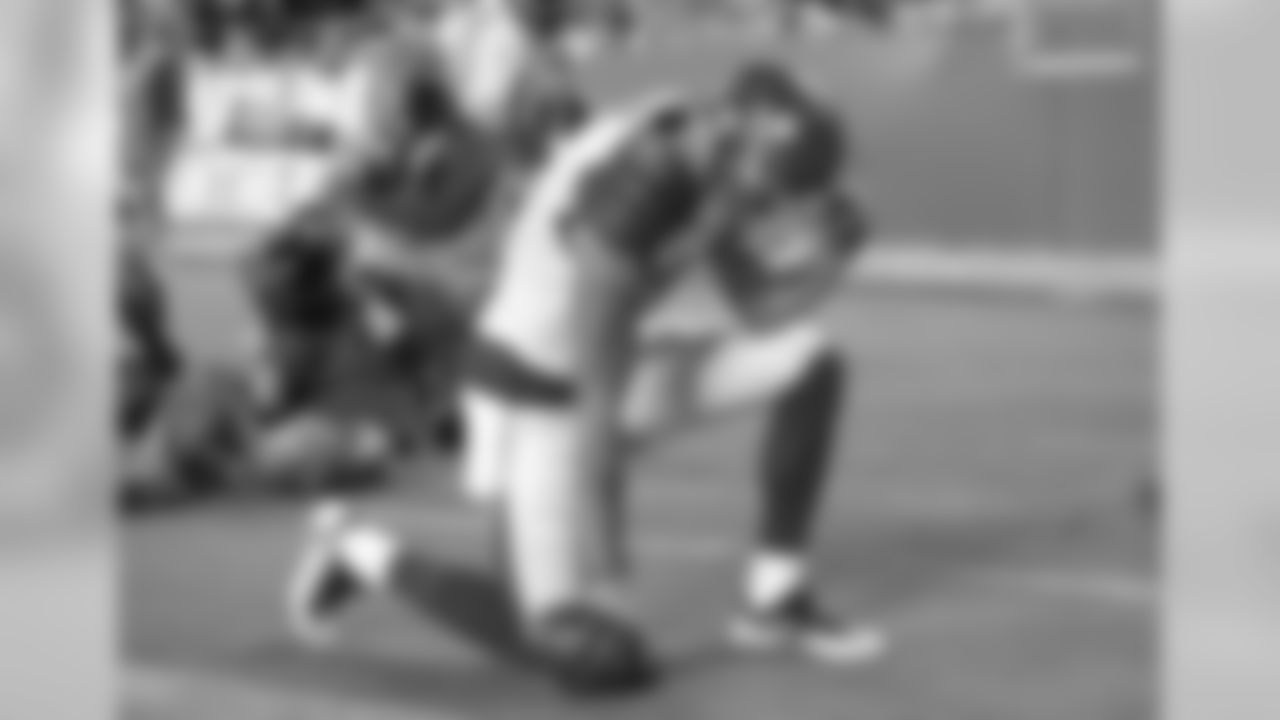
13 WR Mike Evans

30 S Bradley McDougald


Bucs defense

92 DE William Gholston and #58 LB Kwon Alexander

Bucs offense

32 RB Jacquizz Rodgers

3 QB Jameis Winston

Bucs defense

28 CB Vernon Hargreaves

57 DE Noah Spence

91 DE Robert Ayers



Raymond James Stadium


John Lynch

28 CB Vernon Hargreaves
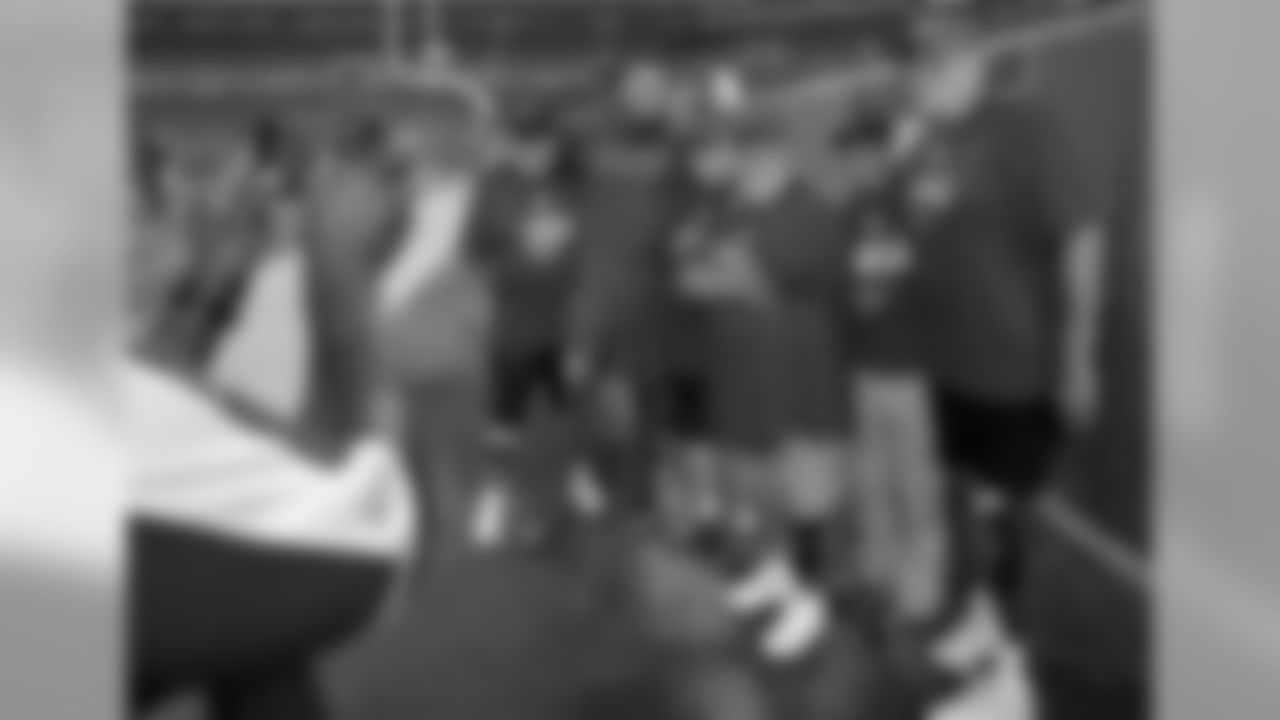
13 WR Mike Evans

3 QB Jameis Winston

97 DT Akeem Spence
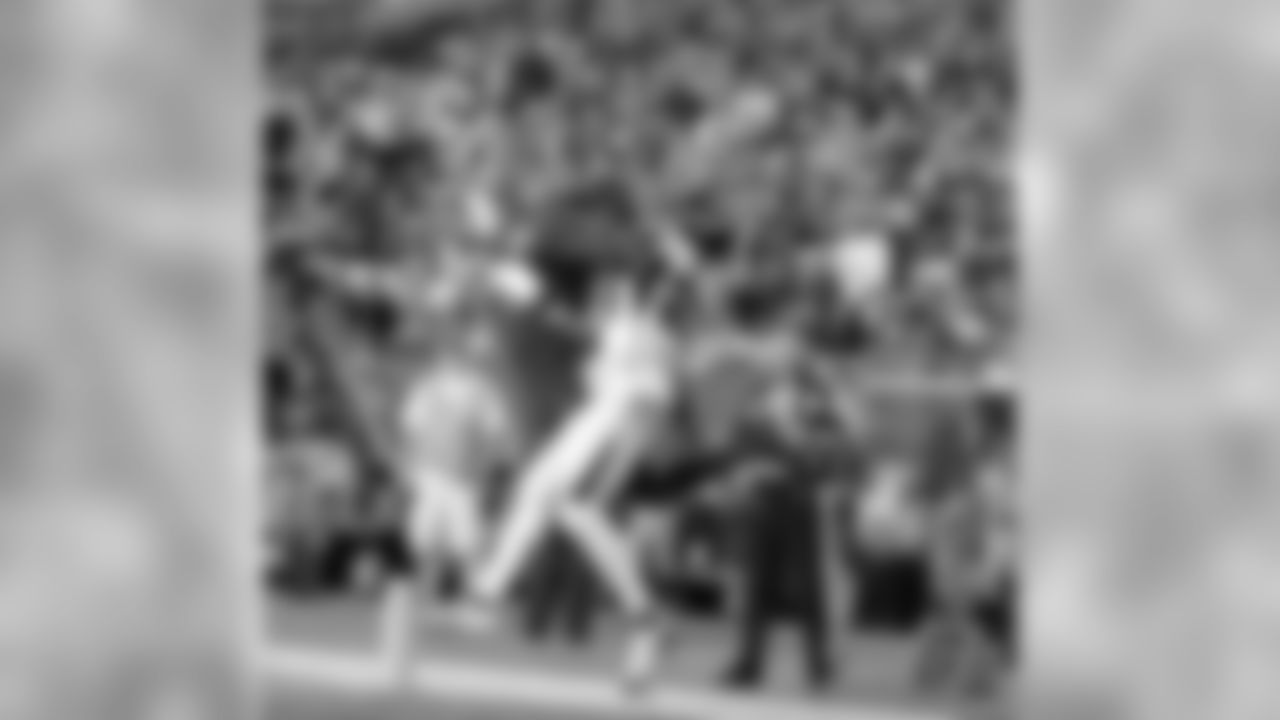
13 WR Mike Evans

84 TE Cameron Brate

3 QB Jameis Winston

93 DT Gerald McCoy

13 WR Mike Evans

13 WR Mike Evans

58 LB Kwon Alexander


28 CB Vernon Hargreaves, #24 CB Brent Grimes, and #30 S Bradley McDougald

24 CB Brent Grimes

24 CB Brent Grimes

23 S Chris Conte
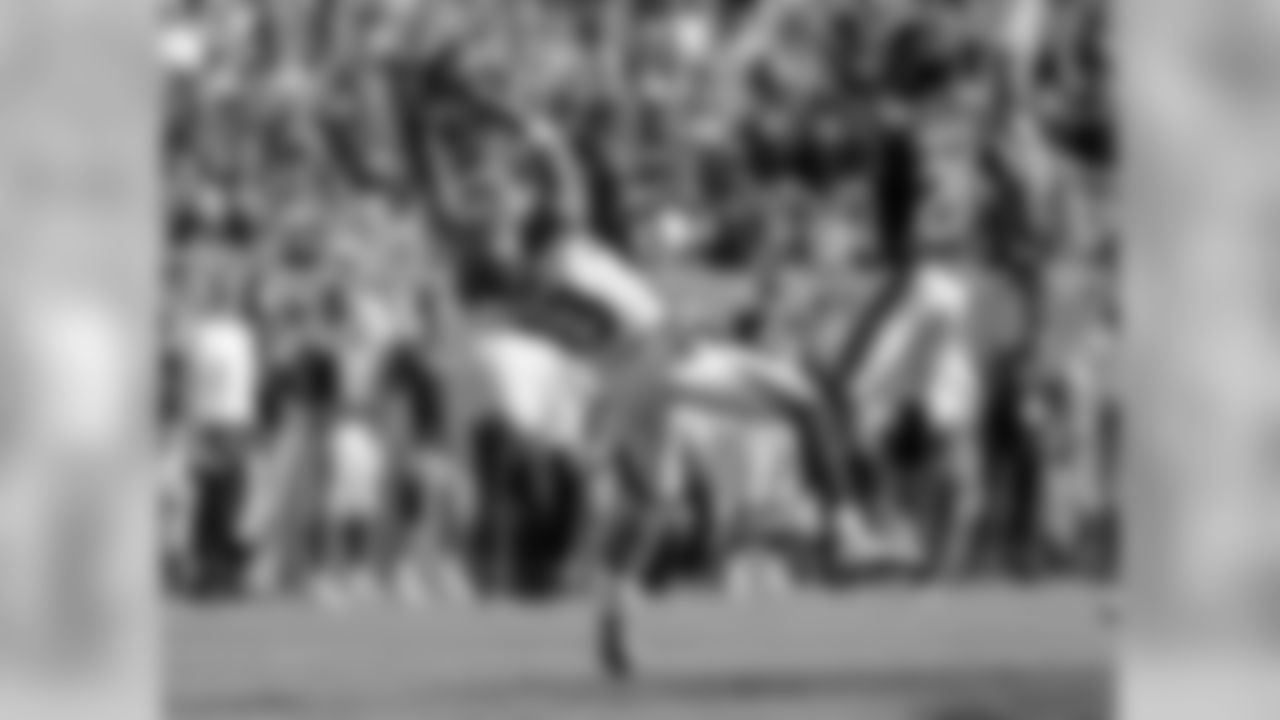
13 WR Mike Evans

Raymond James Stadium

22 RB Doug Martin

Team huddle

Captain Fear and Bucs cheerleaders

84 TE Cameron Brate

98 DT Clinton McDonald
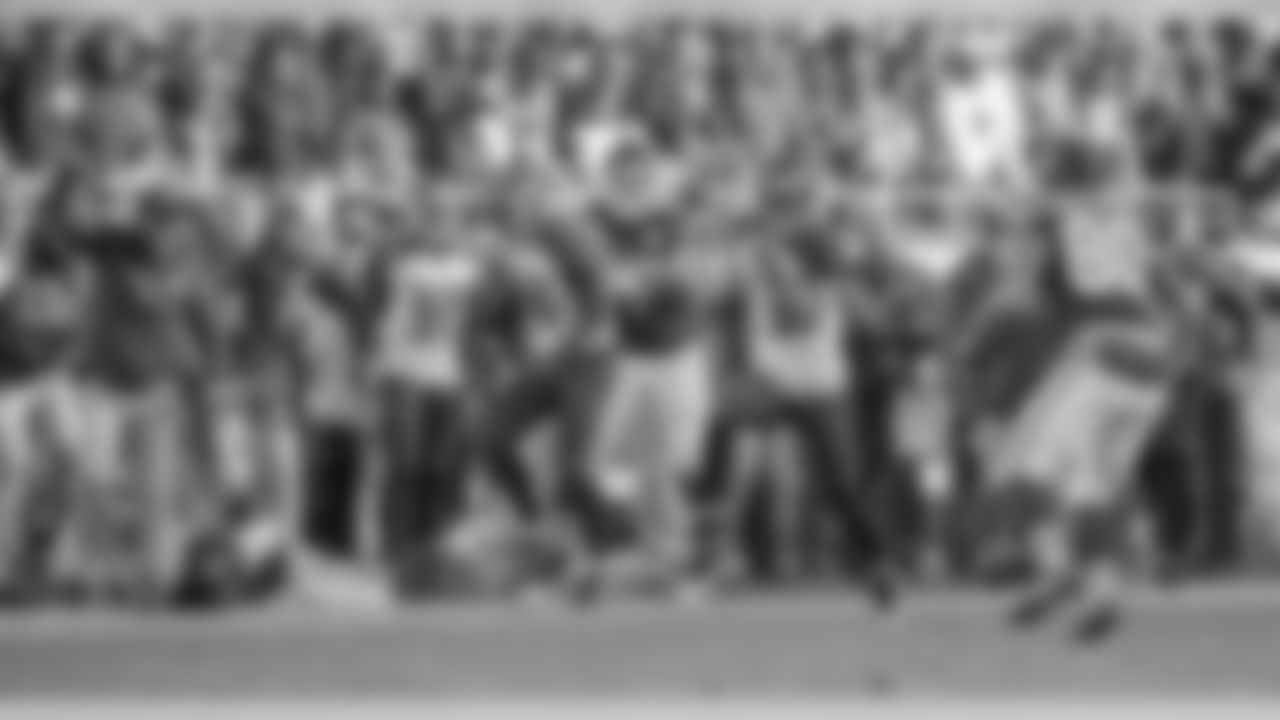
23 S Chris Conte

58 LB Kwon Alexander

23 S Chris Conte

45 TE Alan Cross


22 RB Doug Martin

22 RB Doug Martin

Head Coach Dirk Koetter

Raymond James Stadium

Bucs defense

54 LB Lavonte David

57 DE Noah Spence

93 DT Gerald McCoy

13 WR Mike Evans
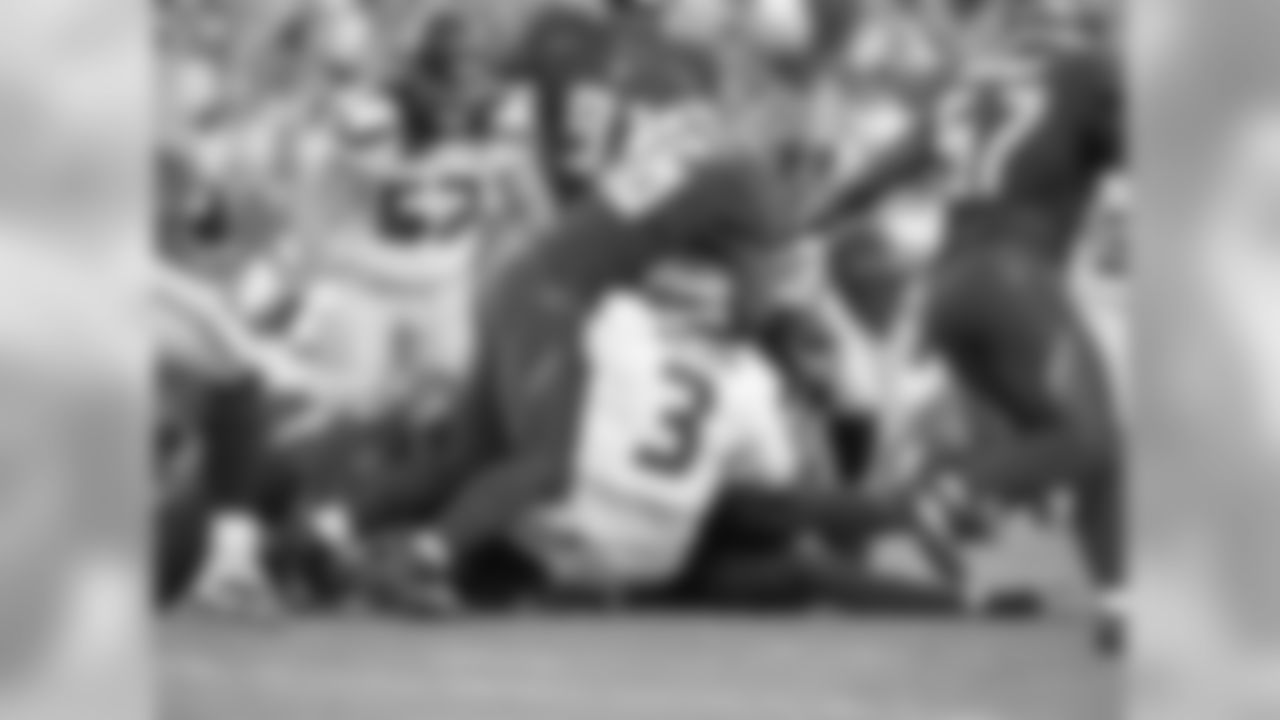
96 DE Ryan Russell

54 LB Lavonte David

3 QB Jameis Winston
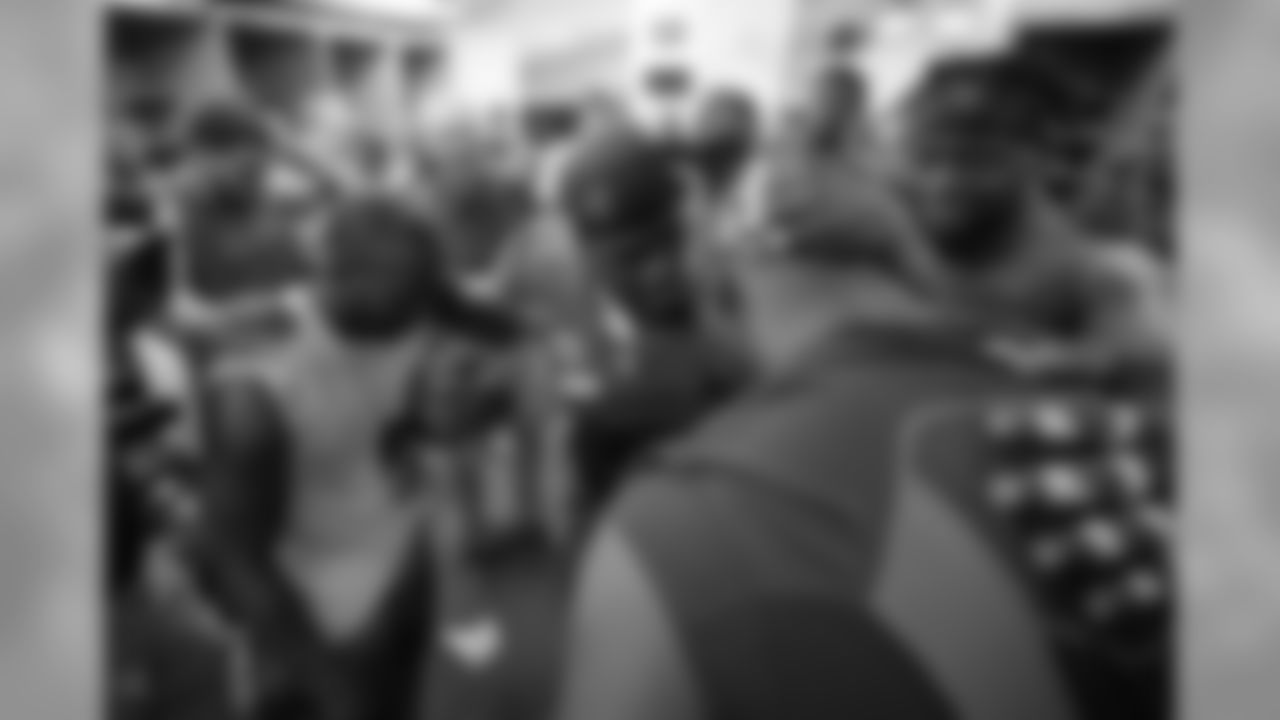

98 DT Clinton McDonald

3 QB Jameis Winston and #24 CB Brent Grimes

37 S Keith Tandy

32 RB Jacquizz Rodgers

22 RB Doug Martin

54 LB Lavonte David

13 WR Mike Evans
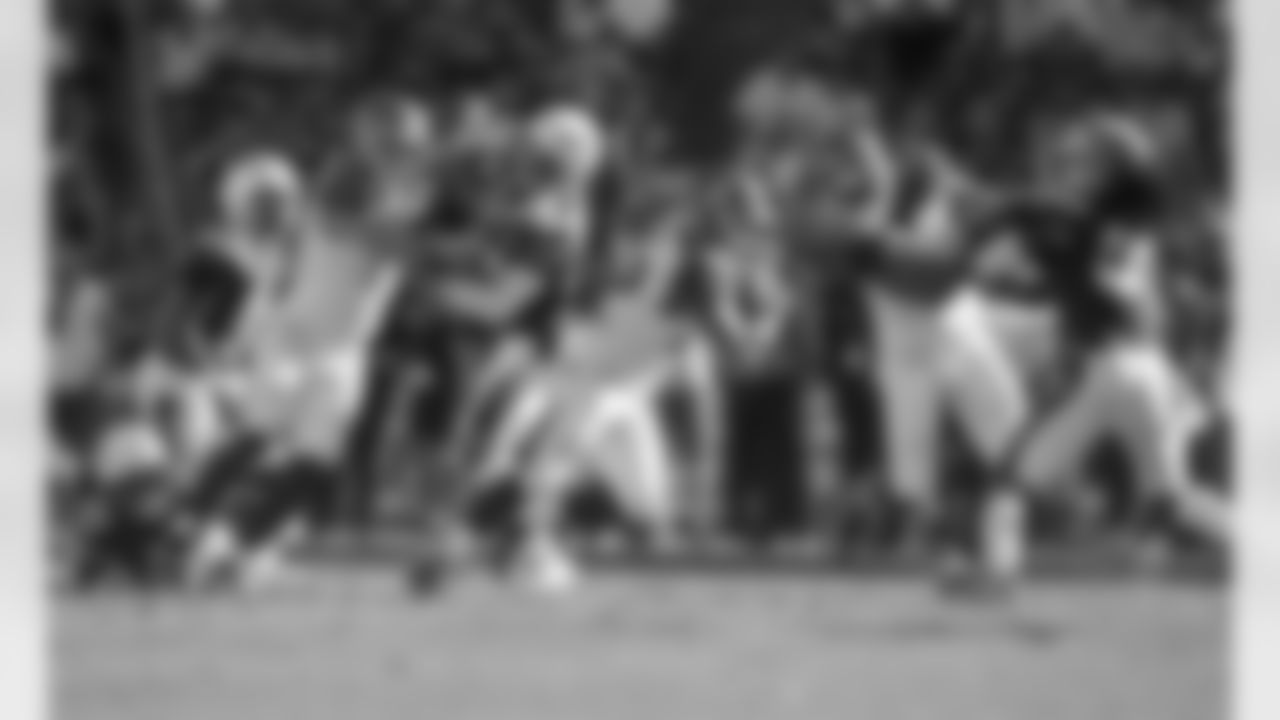
Bucs offense

54 LB Lavonte David

92 DE William Gholston

58 LB Kwon Alexander and #91 DE Robert Ayers

37 S Keith Tandy and #58 LB Kwon Alexander

Team huddle

Team huddle

91 DE Robert Ayers
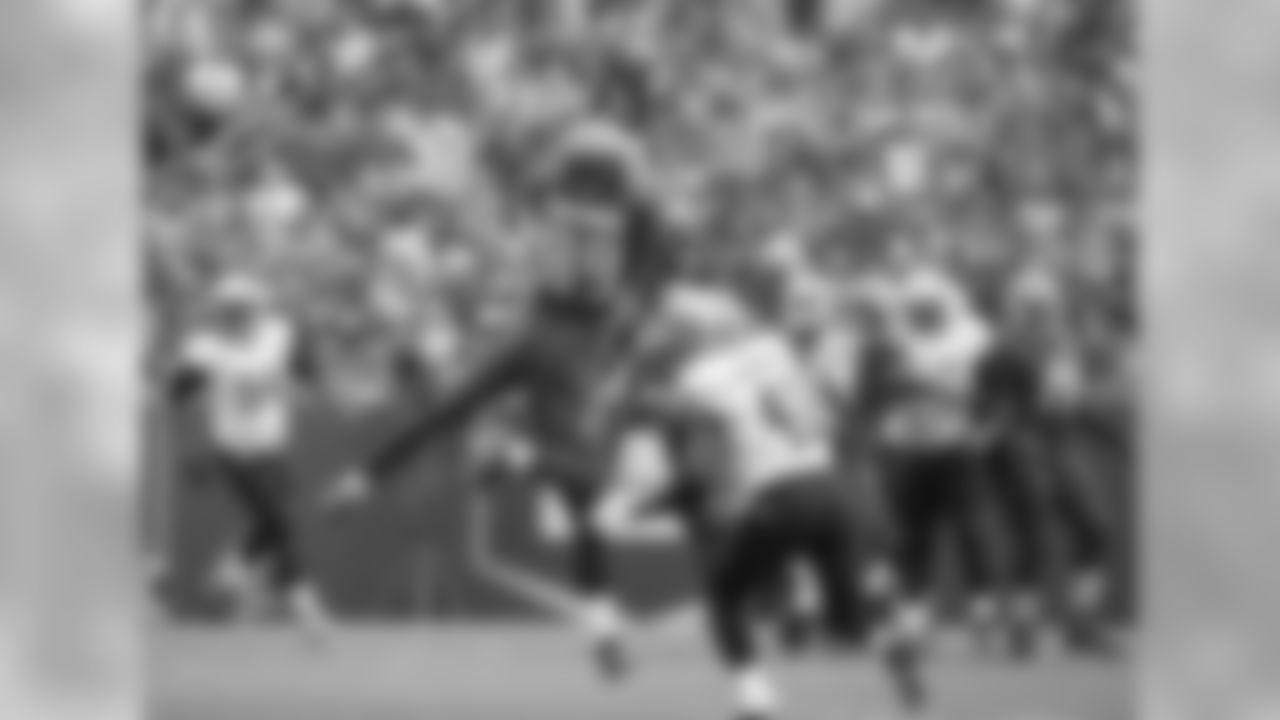
89 WR Russell Shepard

Bucs defense

26 CB Josh Robinson and #29 DB Ryan Smith



3 QB Jameis Winston

Bucs defense

3 QB Jameis Winston

11 WR Adam Humphries

Bucs defense

54 LB Lavonte David

Raymond James Stadium

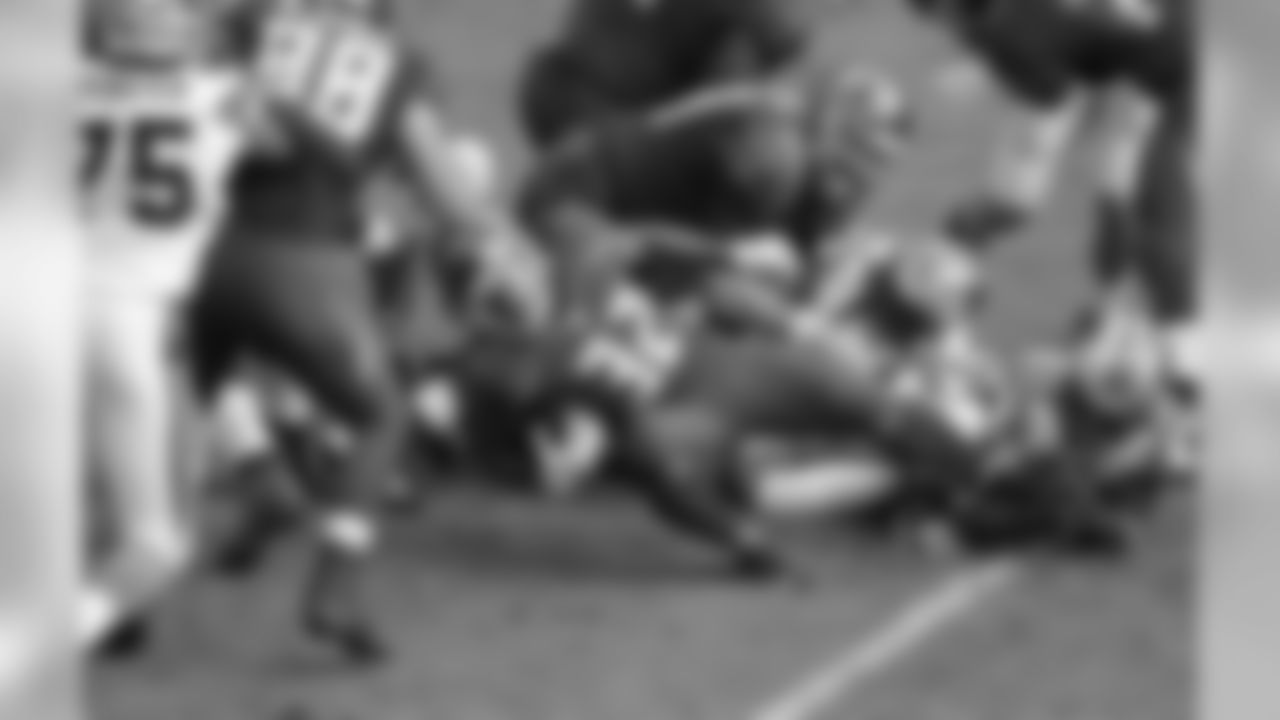
32 RB Jacquizz Rodgers

Raymond James Stadium

11 WR Adam Humphries

23 S Chris Conte
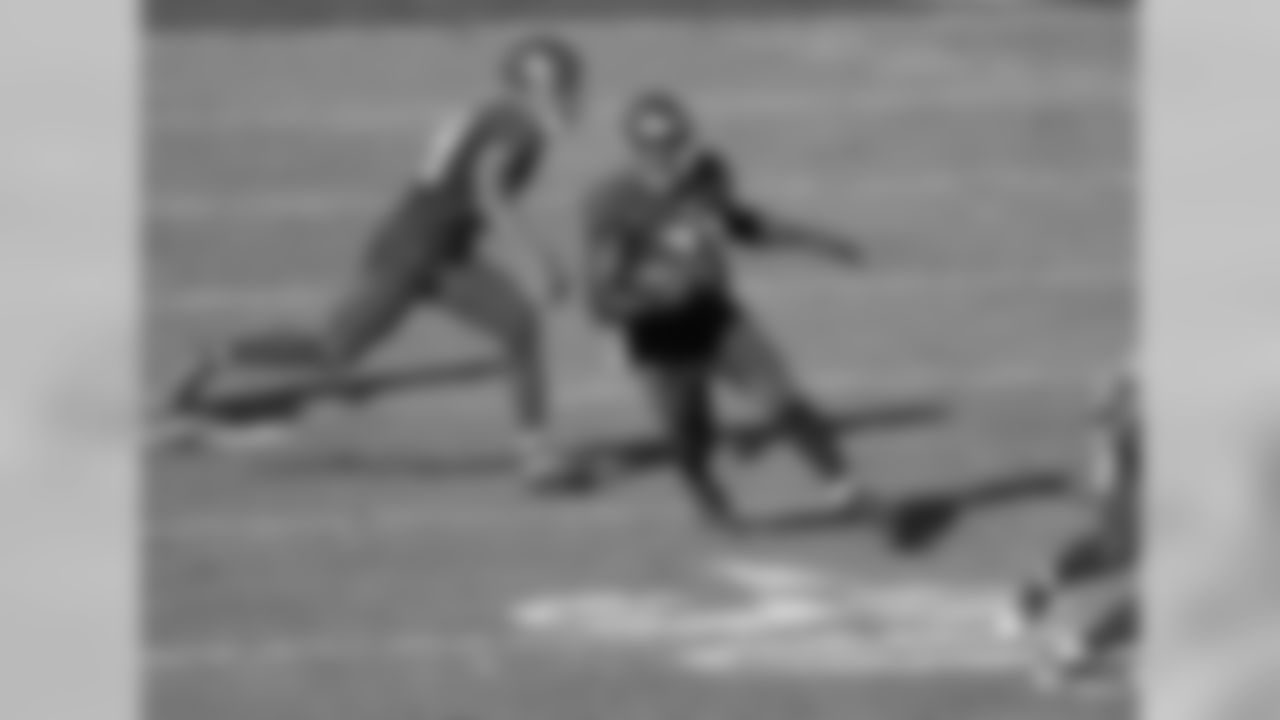
37 S Keith Tandy

28 CB Vernon Hargreaves

3 QB Jameis Winston and #13 WR Mike Evans

24 CB Brent Grimes

24 CB Brent Grimes

93 DT Gerald McCoy

58 LB Kwon Alexander

Bucs defense

Head Coach Dirk Koetter and #24 CB Brent Grimes
Each week during the offseason, Senior Writer/Editor Scott Smith will dip into the inbox to answer questions from Buccaneer fans. This week we start with a lengthy look at the Bucs' approach to free agency in recent years and how it may or may not have been affected by how close the team was to being a contender. Also, we consider one fan's suggestion for a different type of throwback jersey and whether or not the Bucs might be willing to trade up for a specific draft prospect.*
Fans can submit questions for upcoming mailbags via Twitter to @ScottSBucs (#BucsMailbag), through a message on the Buccaneers Official Facebook Page or via email at **tbbsocial@buccaneers.nfl.com*. The One Buc Mailbag runs every Thursday and is not necessarily meant to reflect the opinions of the team's management or coaching staff.
*1. Free Agency Strategies Scott, In my opinion Jason's first year as GM the BUCS were heavily engaged in Free Agency. The past few years the BUCS were "active", but we did not see the huge contracts nor the "big name" free agents signed on day one. Is there a way to analyze how active/in-active the BUCS have been in signing the "perceived big name/day one" free agency when they feel the team is closer to taking the next step in reaching the play-offs or taking the next step in being competitive. #BucsMailbag
- Rodney Smith (via email to**tbbsocial@buccaneers.nfl.com**)I wouldn't call that opinion, Rodney. It's demonstrably true that, of the first three years that Jason Licht was the Buccaneers' general manager, the first one (2014) involved the most aggressive dive into free agency. Tampa Bay added 13 players who were classified as unrestricted free agents that year, followed by five in 2015 and four in 2016. (It's easy to forget that Brent Grimes was not a UFA but rather a player who became a free agent because he was released by Miami. For some of the analysis to follow, I'm going to include him anyway.)
In addition, that large UFA group of 2014 included several of what you would probably categorize as "Day One" signings, Rodney. In fact, four of the team's signings did happen on the first day of free agency – Michael Johnson, Clinton McDonald, Brandon Myers and Alterraun Verner – and two more – Josh McCown and Anthony Collins – were in the works and finalized over the next two days. Other subsequent UFA additions included Evan Smith (then known as Evan Dietrich-Smith), Mike Jenkins, Louis Murphy and Major Wright.
In our office, to prepare ourselves to cover free agency, we produce a list of prospect free agents each February, in a loose ranking by position. The rankings are taken from some online sources; they're not gospel, but they're probably a pretty close estimation of league-wide thinking. On our list in 2014, Johnson was considered the #1 available defensive end, Verner was the #2 cornerback, McCown was the #2 quarterback, Collins was the #4 tackle and Myers was the #4 tight end. The Buccaneers spent the most of any team in free agency, followed by the Broncos, Giants and Raiders.
The results, unfortunately, were a mixed bag. Johnson, Collins and McCown were released after one year (fortunately, their contracts had been structured to make this a painless option for the Buccaneers) and Verner has seen his playing time decrease over three seasons. On the other hand, Smith, McDonald and Myers have all provided valuable depth and solid stretches as starters.
You may recall, Rodney, that 2014 was the first year for both Licht and Head Coach Lovie Smith. They inherited a team that had gone 4-12 the year before, and that plus new management would usually herald a more long-range strategy. However, upon studying both their own team – including some players such as Darrelle Revis who could be released to add salary cap space – and the possibilities in free agency, Licht and Smith felt like a more aggressive strategy would work. Unfortunately, Tampa Bay would actually dip to 2-14 the next season.
That gets to the crux of your question, Rodney. You're asking me if the Bucs have been more likely to be aggressive in free agency when they feel like they're ready to take "the next step." Obviously, team management felt that way in 2014. But here's the thing: I think most teams feel that way almost every season. Sure, you'll see the occasional long-term rebuild – Cleveland in its current state comes to mind – but more often than not turnarounds happen quickly in the NFL.
When I contemplate your question I'm envisioning MLB teams as the annual trade deadline approaches at the end of July. That's a great example of what you're talking about, as teams clearly and actively decide that they are either going for it or not. I don't think you see that nearly as much from NFL teams in March (the start of free agency), when roster building for the upcoming season is just beginning. I believe that in March, the majority of NFL teams are pursuing a strategy that they hope will get them to the playoffs *that year.
Even though the Buccaneers went 2-14 in 2014, team management was left with a feeling in the following offseason that the record wasn't truly indicative of the strength of the team. They knew they were going to pick a potential franchise quarterback #1 overall in the draft (I mean, at *some point in the lead up to the draft they knew that) and they figured they could plug some holes in free agency. Overall, though, it was a more measured approach, led by the signings of Bruce Carter, Chris Conte, Henry Melton and Sterling Moore. None of those players were in the top five at their position on the same pre-free agency list we produced, and the Buccaneers ranked 22nd in overall FA spending.
The Bucs did improve by four wins in 2015 but that free agency class did not have an enormous impact. Conte, Melton and Moore were all signed to one-year deals, and only Conte got a second contract in 2016. Carter had a multi-year deal but was released before the start of free agency.
FEATURE: TIMELINE - BUILDING THE BUCCANEERS
Last year, the consensus was that the Buccaneers "sought value" in free agency as opposed to going after the big-ticket players. I know that I advanced that idea on more than one occasion, and I still think it's a decent description of the approach, even though that was not a phrase ever uttered by Licht. He said the goal was to make the team better, and really that's the idea every year in free agency. As it has turned out, the approach in 2016 worked a lot better in that regard than it did in 2014.
Last year the Buccaneers signed punter Bryan Anger, defensive end Robert Ayers, cornerback Josh Robinson and guard J.R. Sweezy as unrestricted free agent. Grimes was snapped up after his release by the Dolphins. Again, none of those players ranked in the top five on our pre-free agency list except for Anger, who was fourth. Ayers was close. He and Sweezy got the biggest deals overall but neither was ranked in the top 15 in the NFL that year in terms of total dollars or guaranteed money.
That class worked out well for the Buccaneers, helping the team improve by three more wins to 9-7 under new Head Coach Dirk Koetter. Anger and Robinson transformed the Bucs' punting unit from one of the best into one of the worst. Ayers and Grimes were key additions to a defense that rounded into one of the league's best in the second half under new Defensive Coordinator Mike Smith. Sweezy missed the whole season with a back injury but could be ready to contribute now in his second year with the team. You could call this a more calculated aggressiveness – Tampa Bay ranked 10th overall in free agency spending in 2016.
We could go back further into Buccaneers history on this topic, though how useful the information would be is debatable given the changes in top management through the years. For instance, you could say that the teams from 1998 through 2001 were always on the cusp of taking the next step to greatness, but the team was rarely very active in free agency in that time. However, in 2001 the team invested very heavily in quarterback Brad Johnson and Simeon Rice, and that ended up paying off big-time. The 2002 team, under new Head Coach Jon Gruden, was aggressive in free agency, but mostly on the middle-tier level, and it worked out wonderfully with the likes of Michael Pittman, Greg Spires, Joe Jurevicius and Kerry Jenkins.
In 2004, the Buccaneers were coming off a disappointing title-defense season but still believed they had the veteran core to make another run. That led to the biggest free agency class in team history…and perhaps the worst. It proved to be mostly a group of veterans near the end of their careers, such as Charlie Garner, and most of them were quickly out of the picture after (or during) a disastrous 2004 campaign. Still, the team did rebound to the playoffs in 2005. Since '04, the team has rarely gone on an enormous UFA spending spree, with 2014 being the exception.
To summarize, Rodney, I don't believe the team's belief in how close it is to taking a big step forward often plays into overall free agency strategy. Or at least it shouldn't. The general league-wide belief, honed over nearly a quarter-century of a true open market, is that over-spending or trying to build primarily through free agency rarely works. As for your Buccaneers, they have gotten themselves on the cusp of a return to the playoffs largely by building through the draft, and last year they showed how to perfectly supplement that in free agency. I'm guessing we can expect more of the same in the next month.
2. Mixing Eras.
I had to include this tweet from Dennis mostly because I really like the Photoshop work. I have to admit, that looks pretty cool. I don't know if I would want that to be my team's everyday uniform, but I could definitely get onboard for one game. I'll say this, it looks a lot better than most of those Color Rush uniforms (I think the Bucs got lucky in that series with a pretty sweet red jersey).
Photos from the Bucs Cheerleaders' 2016 season.

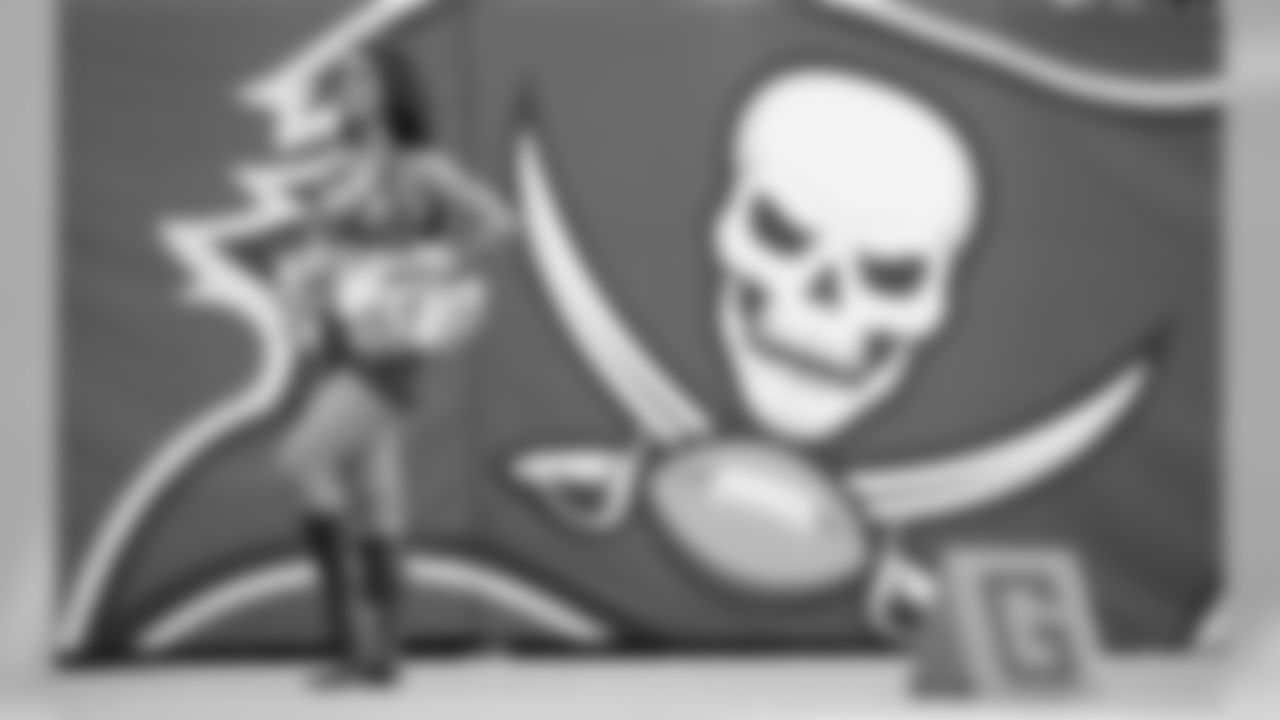





























































































Do I think that would actually happen anytime soon? Not really. That's quite a few steps away from where we are now. The Buccaneers' last Throwback game was in 2012. When and if the team goes back to that tradition, I expect it to continue to use it to harken back to the early days of the franchise, including a return of the old logo. The four Throwbacks to the original "creamsicle" uniforms from 2009-12 proved very popular.
What you've got there is really just a throwback to a single color, and the Buccaneers' current uniforms actually do have that color in them, albeit in relatively minor accents. I even recall a game in 2014 in which the team wore white pants, white jerseys and orange socks, and it almost had the sort of throwback-slash-era-mashing look you're going for, Dennis. I had to look it up – it was Bucs vs. Panthers on Dec. 14, 2014. You can look at pictures of that game here, here and here.
3. Adams in the Family?
Scott – any chance the Bucs could trade up far enough to get LSU safety Jamal Adams in the first round this year? I think this guy is just what we need on defense, he's a hitter and a good cover guy and a big time leader. OK I'm biased as an LSU fan but don't we have a couple safeties hitting free agency. Time to get a sheriff back there at the back of the defense! Either way……go Bucs!
Thanks, Scott. - Mark Vassell (via email to**tbbsocial@buccaneers.nfl.com**)To start at the end with Mark's question, yes, Buccaneer safeties Chris Conte and Bradley McDougald are both due to become unrestricted free agents on March 9 if they do not re-sign with the Bucs before that date. Conte and McDougald were the team's primary starting duo for much of the season, although Tandy took over for Conte during the last month or so. Tandy is just going into the second year of the new contract he signed in 2016, so there is something of a safety net there, especially given how incredibly productive Tandy was during his time as a starter.SOCIAL: BEST OF THE BUCS, FEBRUARY 23
The good news is the Buccaneers should know how their safety situation has shaken out well before the draft, so they'll know how high of a priority that position is.*As for Adams, while I don't have the same level of knowledge on the player as our LSU fan here does, he is obviously very highly regarded. As Mark summarizes, he's something of a triple threat if you include his renowned leadership skills. The Buccaneers don't necessarily lacking for leaders on defense, and that particularly quality might be more important a year or two down the road, but it certainly doesn't hurt. It's probably a good indication that Adams "loves football," as they say, and that's an intangible that scouts and coaches love when picking amongst prospects. Could the Bucs' consider trading up to get Adams? That's Mark's main question. For the sake argument, let's say the Buccaneers are indeed very interested in this player. (Remember, this article isn't meant to reflect the opinions of Jason Licht or Dirk Koetter.) If that's the case, I think the better question is: Could Adams fall far enough to be in play for the Buccaneers? *
Check out these five mock drafts on NFL.com. Four of the five experts have Adams going in the top five; only Chad Reuter has him dropping as far as 16, choosing to put Ohio State safety Malik Hooker at #4 instead. Let's go with the consensus opinion here but drop Adams down a spot or two to account for Reuter's dissension; would the Bucs be able to trade up into the top seven picks in order to get him?*I highly doubt it. A move from 19 to seven would be costly. Last year the Rams traded from #15 to #1 and it essentially cost them two seconds and a third in 2016 plus a first and a third in 2017. That was a bit more drastic because it was the top overall spot and it was to get a quarterback, but a 19-to-7 move wouldn't be that much cheaper. In 2013, the Rams moved from #16 to #8 – a lesser jump than #19 to #7 – and it essentially cost them their second-rounder. The Falcons trade up for Julio Jones in 2011 is often cited as an example of how much it costs to make a big move up in the first round, but that one was from #26 to #6 so is even more drastic than what we're talking about here. Atlanta had to give up a second and a fourth that year plus a first and a fourth the following year for the move up. Still, if you figure somewhere in between those deals, we're talking about at least a high second-round pick or a low first-round pick. The traditional draft value chart pegs the difference between #7 and #19 as 625 points, which is almost exactly the price of the 30th pick in the first round. Obviously, the Buccaneers don't own the 30th pick this year, but that's the general price they'd have to come up with by swapping multiple picks. READ: FREE AGENT RE-SIGNING PRIORITIES*
Like I said, I don't see it. For one thing, there are several other safeties considered potential first-round picks, particularly if Michigan's Jabrill Peppers is classified as that position. I already mentioned Hooker, and there's also Washington's Budda Baker. If the Buccaneers were keyed on a safety and thought any of those guys could be an impact player as well, a huge trade up for Adams would seem unlikely.* *Of course, the picture changes if Reuter is right and Adams falls into the second half of the first round. Swaps of two or three spots in the back half of the opening round happen all the time and don't have to be terribly expensive.
































